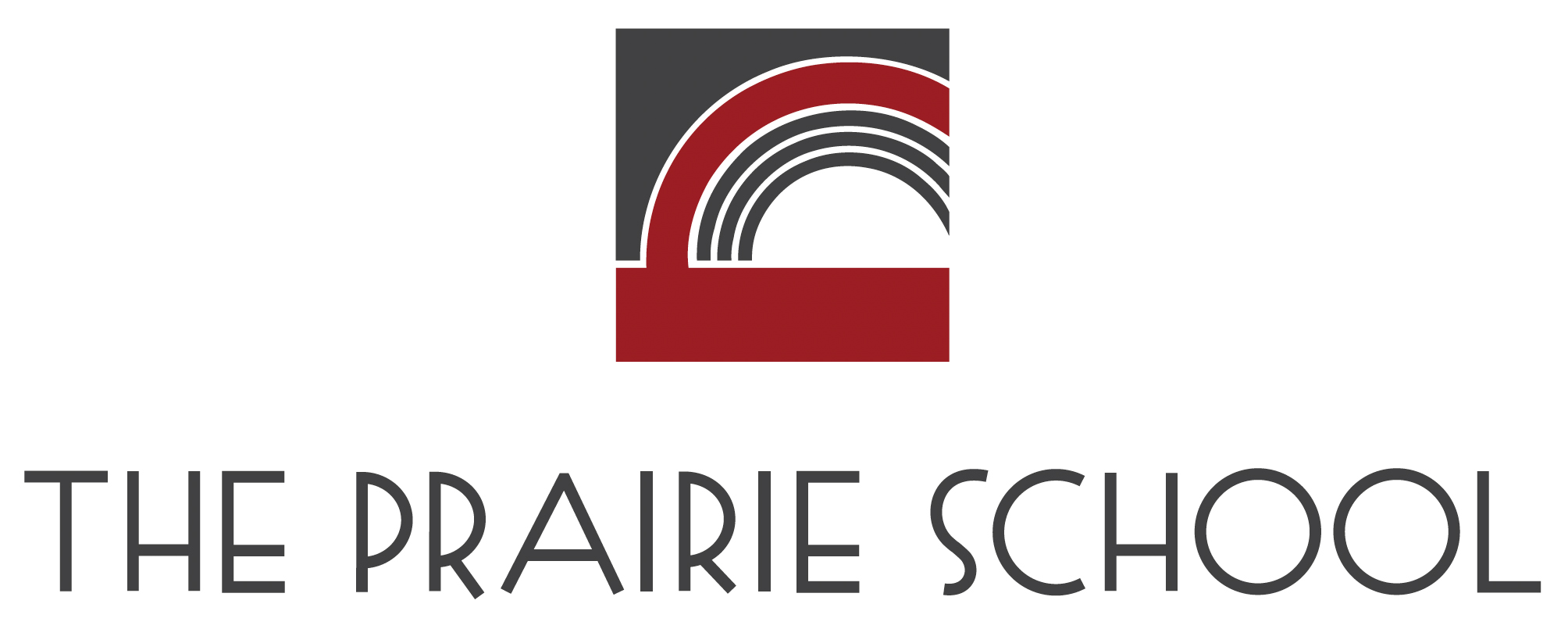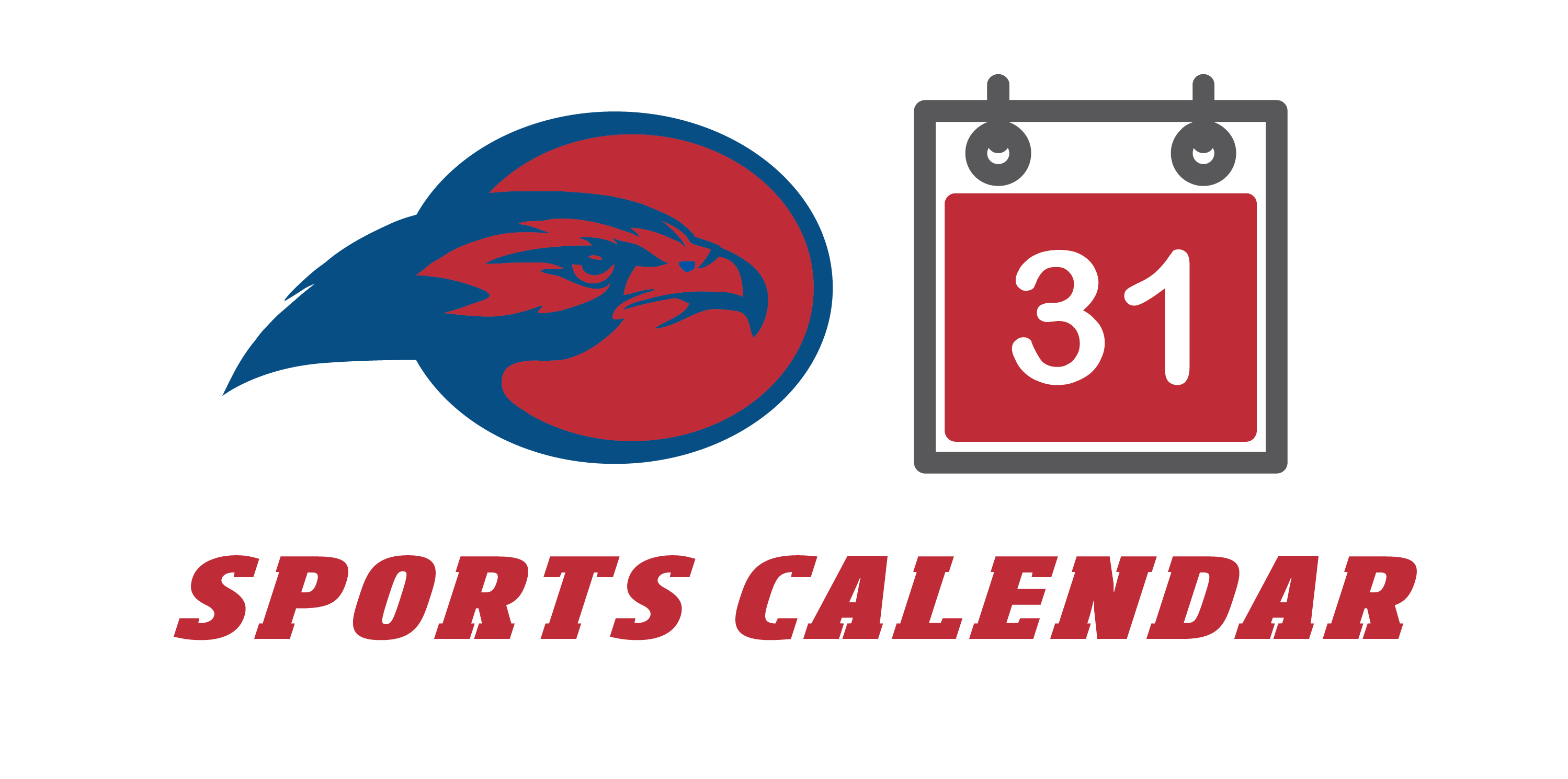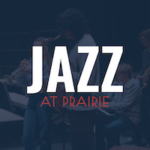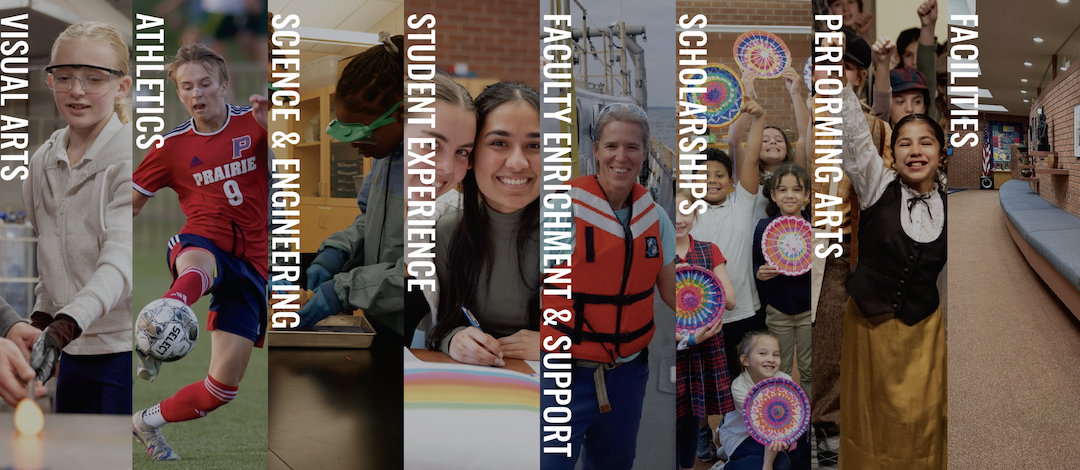One of Prairie's most popular co-curriculars sees continued success at the statewide level.
Prairie’s Science Olympiad squad earned its best ever finish at the state competition at UW-Stout in mid-March, taking 5th place and bringing home medals in 14 out of 23 events.
This is the highest state-level finish in school history, besting last year’s 7th place turnout.
State champions included Seniors Chase Giles — who finished top 3 in all six events he took part in — Nithya Attipetty, Pranav Bajaj, Anna Milonas, and Anna Peterson, as well as Junior Nancy Wang.
“I am tremendously proud of these students and their accomplishments this year,” said club advisor and Science Department chair Jean Weaver.
In addition to recognizing the competitors, Weaver gave a special shout-out to a handful of students who supported their teammates during the week leading up to the state competition, despite the fact that they were not participating themselves.
“Many of them prepared for their events all by themselves with no help from teachers, while others who could not go to State selflessly contributed to the success of the team by helping to build various devices,” she added. “Plus, for the first time ever we had multiple students involved in the build events and we saw success in all of those events.”
The team’s success at state comes on the heels of several stellar performances throughout the season, including the Regional meet held at UW-Milwaukee in late January — a finish that earned the team its appearance at state.
Just one of the numerous, diverse co-curriculars available to Upper School students at Prairie, Science Olympiad functions much like a sports team — requiring team members, coaches, practices, and competitions throughout the school year. According to the official Science Olympiad guidelines, each school-based team is allowed 15 students who prepare for a variety of events. Interest at TPS is consistently high, with squad numbers far beyond 15 — so the school typically fields several teams in a single competition, as well as students who participate as individuals.
How do Science Olympiad competitions work? Here’s how the national organization describes them:
“Science Olympiad competitions are like academic track meets, consisting of a series of 23 team events in each division. Each year, a portion of the events are rotated to reflect the ever-changing nature of genetics, earth science, chemistry, anatomy, physics, geology, mechanical engineering and technology…Emphasis is placed on active, hands-on group participation. Through Science Olympiad, students, teachers, parents, principals and business leaders bond together and work toward a shared goal.”
Wisconsin’s statewide competition is one of nearly 300 Regional and State tournaments that send finalists to the Science Olympiad National Tournament at the end of the school year.



















